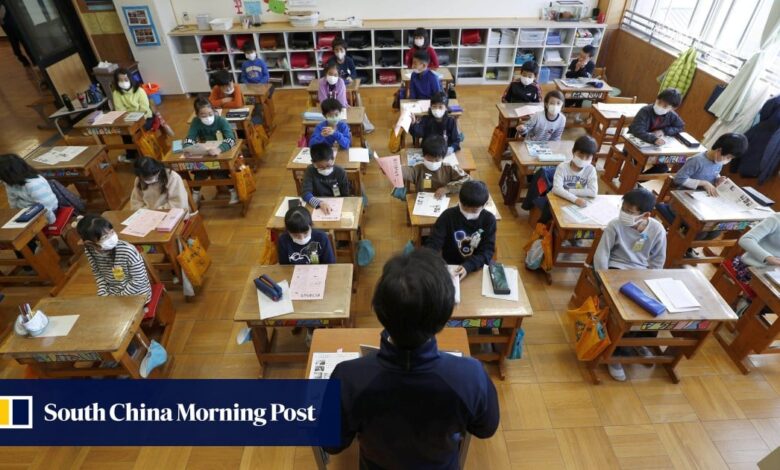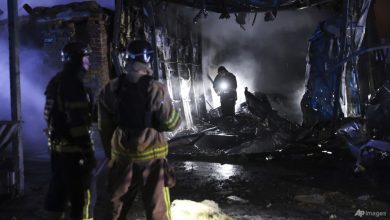In Japan, AI can spot sleepy students. Will it ‘improve education’ or ‘control’ children?

[ad_1]
Japanese researchers have devised a system that combines thermal imaging and artificial intelligence to identify pupils who have dozed off in class.
Scientists from Osaka Kyoiku University have been working with Kansai Denki Kogyo, an energy company based in Higashiosaka, to develop the equipment, which they say is designed to alert teachers when a student is falling asleep and help the instructor better engage the child.
Not everyone is convinced by that explanation, however, with one academic suggesting the system appears to be designed to “control” children and that it could be harmful to their development without regulations on how it is used in classrooms.

Developers at the university’s Centre for Education Innovation Design compiled numerous images of people standing, sitting, sleeping on a chair and in other situations, and fed the image data into an AI system. Based on the thermal imprint that each activity returned, the technology was able to identify the same activities in a real-world setting.
When deployed in a classroom, the developers said, the system had an accuracy of more than 90 per cent.
“To improve the quality of education requires objective observation and recording,” said Professor Fumio Nakaya during a demonstration event earlier this month.
“Until now, humans have taken on this task, although the workload has become too heavy. My motivation for starting this research was to utilise modern technology to support those processes.”
No longer obliged to identify which pupils were asleep, teachers will be able to concentrate on the delivery of lessons while simultaneously communicating directly with a sleepy student and encouraging him or her to take part in the class, the researchers said.
Japan’s 2-year ban on foreign students ‘may have driven talent away’
Japan’s 2-year ban on foreign students ‘may have driven talent away’
They also said that the system is intended to “visualise” what pupils are doing rather than “monitor” them, although Izumi Tsuji, a professor of the sociology of culture at Chuo University and a member of the Japan Youth Study Group, remains doubtful.
“My first reaction when I saw this news was that it’s a terrible idea,” he said. “This is the kind of technology that is only designed to control human beings, and I do not see any ways in which it would help teachers do a better job with their pupils.
“They say it is designed to help the teacher be better at keeping the pupils alert, but I do not believe that,” he added. “I am also concerned with how the system will be used, and there needs to be clear regulations on its application. If there are no rules on when, where and how it is used, then it can only be harmful to the children.”
[ad_2]
Source link




